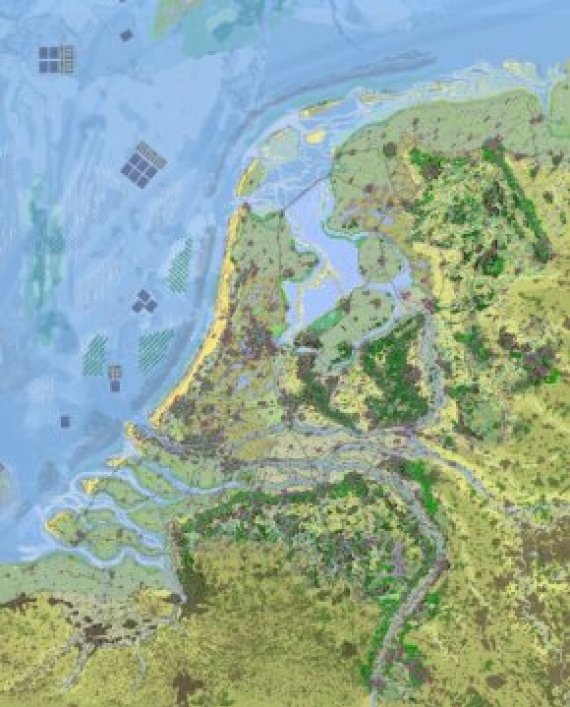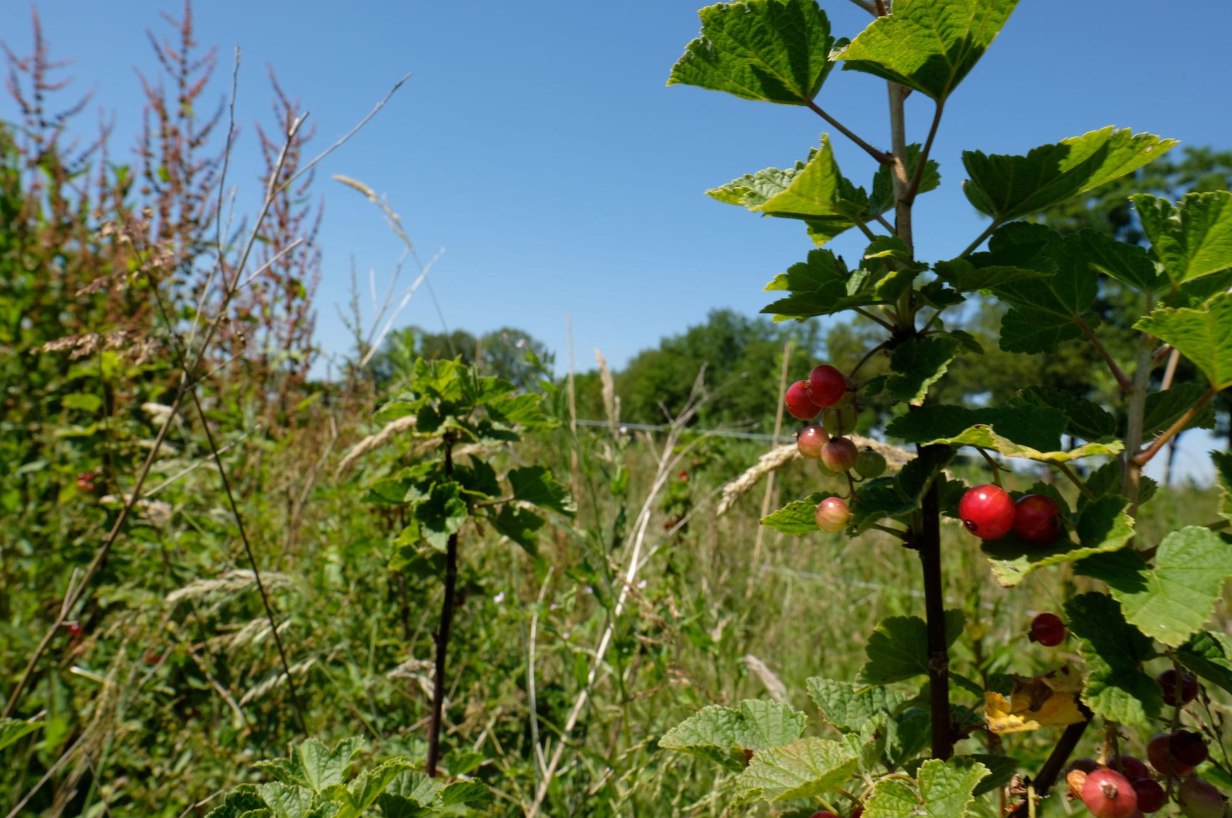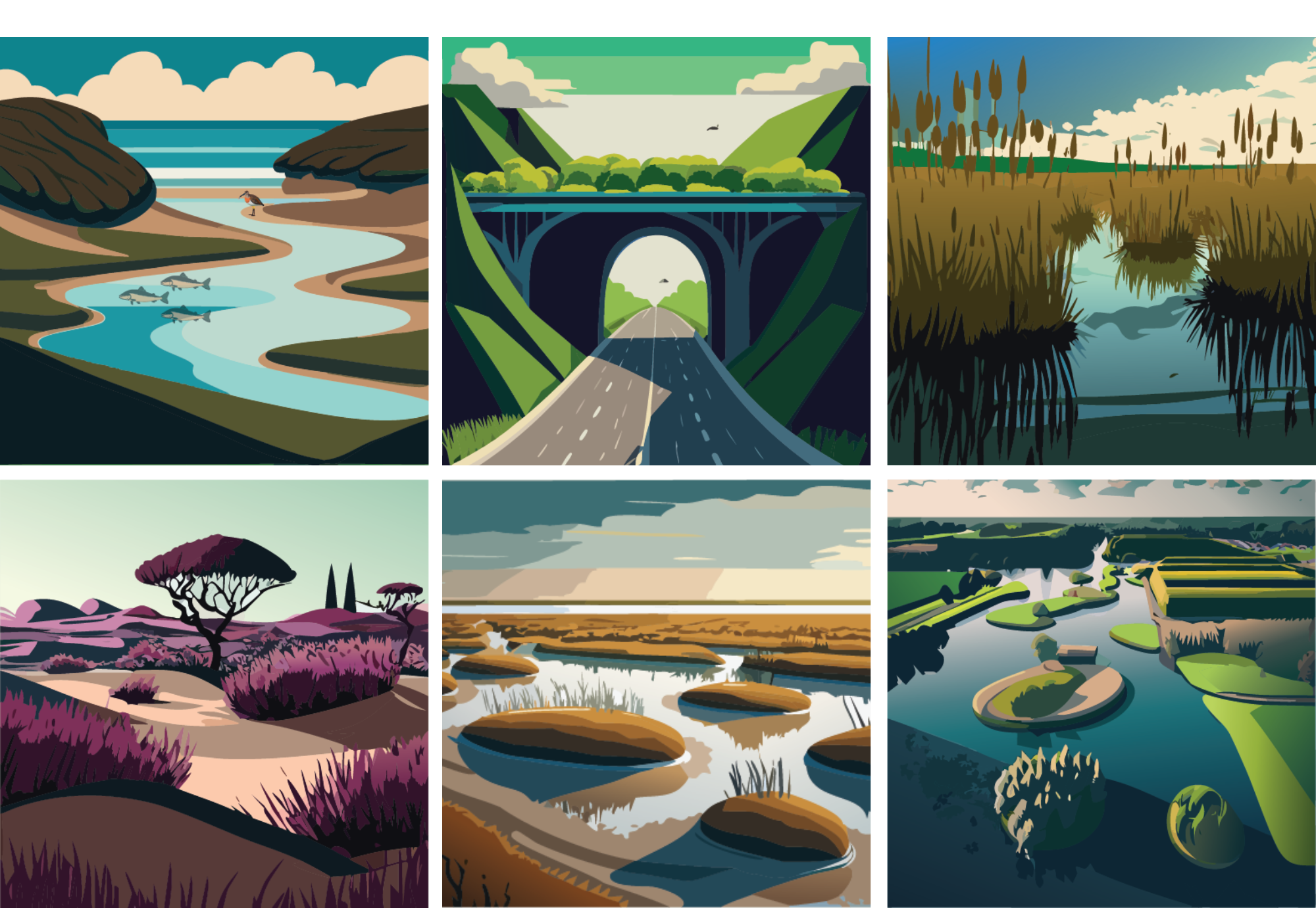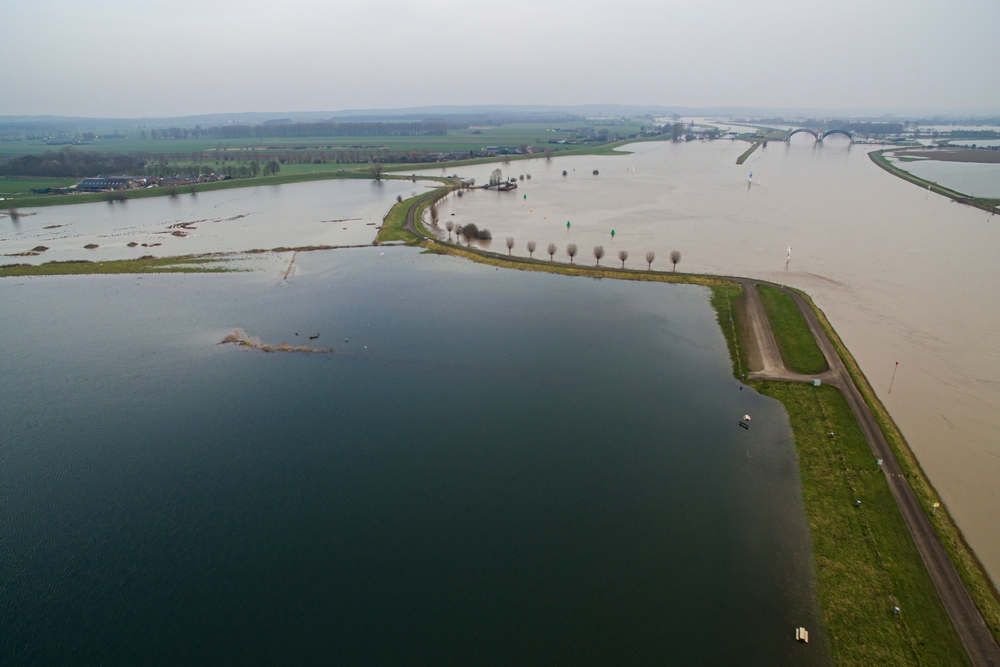That green character of the Netherlands of the future is no coincidence. The project, which was for the Dutch government, is called ‘A more natural future for the Netherlands in 2120’. This future in which nature is prioritized was worked out by a team of Wageningen ecologists and landscape architects. ‘That detailing was badly needed,’ says the ecologist Martin Baptist. ‘We have to start using our natural resources in a different way and this map gives pointers for that.’
Green future
In this ‘new narrative’ for the Netherlands, there is plenty of room for nature. The area covered by forest is doubled, agricultural land is halved and livestock production is cut by two thirds. What is more, (nature-inclusive) agriculture is concentrated in places with suitable soil in Zeeland, Groningen and the Flevo polder. Some food production (seafood, seaweed) will shift to floating islands at sea. Cities will become greener, with urban woodland and food forests. New homes will mainly be built in the east and south of the Netherlands. Baptist: ‘We are not only taking greenery to the cities but also taking cities to the greenery, to the higher lying parts of the Netherlands in Brabant and along the edge of the Veluwe.’ The population will be over 20 million by 2120. In this future Netherlands, rivers meander through the landscape as broad green ribbons. The River IJssel will be twice as wide so that it can take excess water from the Rhine. The strip of dunes will also become twice as wide to protect the Netherlands from the rising sea levels. The North Sea will be used intensively not just for food production but also for generating solar power and wind energy.
Direction
How realistic is this future Netherlands? Baptist says it is definitely not utopian. ‘We deliberately chose not to perform a scenario study with extremes within which everything is possible. We have presented one prospect that we need to work towards. That prospect is even pretty conservative in some respects. It shows what direction we should be moving in.’
You can find out more about the map of the Netherlands in 2120 and the underlying principles in the report ‘Een natuurlijkere toekomst voor Nederland in 2120’ (in Dutch only), which can be downloaded from the WUR site.

 Afbeelding WUR
Afbeelding WUR 

